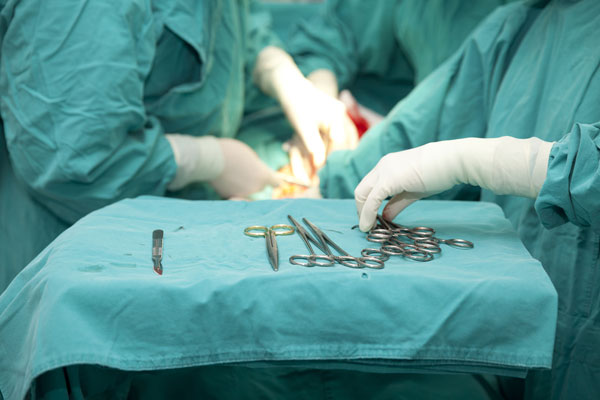Working to End Heart Transplant Rejection

Photo via Shutterstock
After the nightmarishly-long waiting period for a heart transplant, every patient hopes that their new heart will last forever. Unfortunately, though, that’s usually not the case. Chronic transplant rejection is extremely common—so common, in fact, that Boston Children’s Hospital decided it was time to do something about it.
David Briscoe, director of Children’s Transplant Research Program (TRP), is leading the efforts to better determine the warning signs of a chronic heart transplant rejection, which occurs due to prolonged blood vessel damage over time in conjunction with vascular disease cardiac allograft vasculopathy (CAV). Briscoe and his team, which includes other Children’s Hospital doctors and physicians from Beth Israel Deaconess Medical Center, are working to develop more efficient and less invasive methods for diagnosing CAV, and to better understand why people get it in the first place. A report from Children’s says:
The cells lining the damaged vessels respond by releasing proteins that encourage vessel repair. In a recent paper in the Journal of Heart and Lung Transplantation, the team suggests that a rise in blood levels of those proteins could be a warning flare that CAV is on the horizon.
Starting with 33 heart transplant patients and 55 factors involved in blood vessel growth, or angiogenesis, the team found three possible biomarkers of CAV: two vascular endothelial growth factors (VEGFs), classic angiogenesis factors; and platelet factor 4 (PL4), which plays a role in wound repair.
The researchers believe that more awareness risk factors and biomarkers could help catch transplant rejection early. Paolo Fiorina, who is also part of TRP, is attempting to prevent rejection altogether by binding T cells—which fight disease and foreign substances in the body—to ATP (which stores energy in the cell) by “blocking the cells’ receptors. This method could work, Fiorina says, because lots of ATP is released when cells are damaged and then die during the heart transplant process. This onslaught of ATP triggers T cells because they think the body is in danger, which eventually causes rejection of the heart. The T cell binding method could, in essence, stop that progression from happening. The Children’s Hospital report explains:
Using a mouse model of heart transplantation, Fiorina found that giving oATP along with rapamycin, an anti-rejection drug, for a couple of weeks right after transplant prevented both acute and chronic rejection. Completely. For the rest of the animals’ lives.
“The combination keeps the T cells from seeing the graft and the inflammation from the surgery long enough for that inflammation to die down,” Fiorina says. “When we stop the treatment, the T cells act as though the new heart has always been there.”
Though it’s likely too early in the research process to get our hopes up, the work Children’s Hospital is doing could important in easing the pain of transplant patients, which is certainly a worthy cause.

